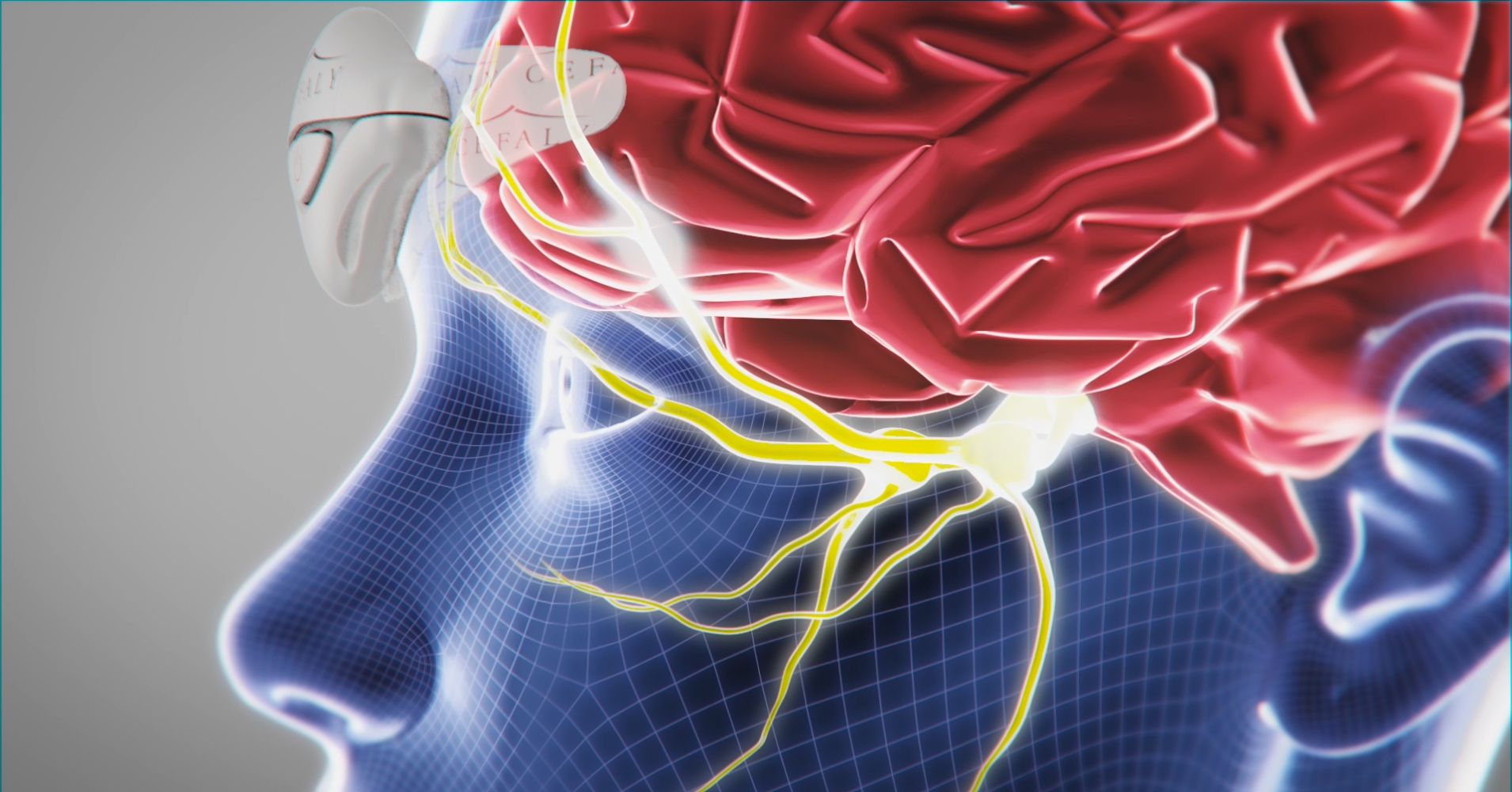
“The thing that’s going to be really interesting is the longevity of a lot of these devices,” Viskontas said. “You know, whether the pain relief is going to last or if it is just going to be taken over by the next thing, when the person realizes that their pain hasn’t gone away.”
Jennifer Hah, a pain management specialist at Stanford University Medical Center, is optimistic about technology, even if there’s a placebo effect on patients.
“There potentially could be a mechanism behind how that is actually helping patients, whether it’s just a reduction in anxiety or depressed mood symptoms, that’s going to have a positive effect on how well patients respond to our other pain treatments,” Hah said.
Neuromodulation devices and other technology can potentially offer other advantages over pills, she said.
Parents may be more comfortable with doctors prescribing devices for children, and the cost of a device can also be far lower over time than prescription drugs that need to be refilled consistently by a pharmacy.
“It’s such a large number of people that we need to have practical cost-effective solutions that can get to every corner of the country,” Hah said.
